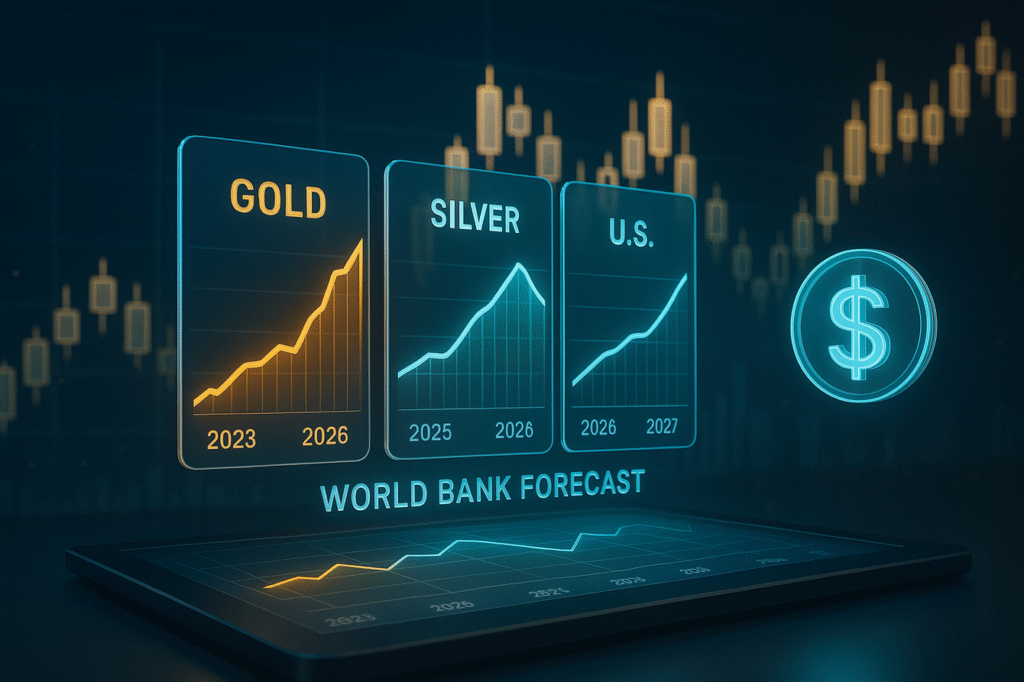The Federal Reserve has once again opted to hold interest rates steady, reinforcing its cautious stance amid an increasingly uncertain economic environment. As policymakers navigate the challenges posed by slowing growth, persistent inflation, and geopolitical instability, consumers must adapt their financial strategies to optimize savings and manage debt efficiently. While the Fed’s decision does not bring immediate relief to borrowers hoping for lower rates, there are still ways to make informed financial moves that can improve long-term financial health.
In its policy statement, the central bank acknowledged that economic growth forecasts have weakened while inflationary pressures remain a concern. Analysts point to a combination of factors, including fluctuating trade policies, ongoing supply chain disruptions, and labor market uncertainties, as contributors to the current economic climate. The Fed’s decision to leave rates unchanged reflects its balancing act between controlling inflation and preventing an economic downturn. However, it also signals that rate cuts may still be on the horizon should conditions deteriorate further.
Consumers eager to maximize their savings can take advantage of high-yield financial products that offer returns well above traditional savings accounts. Online banks, in particular, continue to offer rates exceeding 4%, significantly outpacing inflation. Certificates of deposit remain a solid choice for those willing to lock in funds for a fixed period, with competitive rates available for various term lengths. Investors looking for low-risk alternatives may also consider U.S. Treasury securities, which provide stable returns while offering tax advantages at the state and local levels.
For borrowers, the implications of the Fed’s decision vary depending on the type of debt they carry. Credit card rates remain near historic highs, with the average APR exceeding 20%. Given these exorbitant costs, financial experts strongly recommend balance transfer offers and personal loans with lower interest rates as alternatives for debt consolidation. Mortgage rates, while slightly lower than a year ago, remain elevated compared to pre-pandemic levels, making refinancing less attractive for many homeowners. However, future rate cuts could create new opportunities for mortgage borrowers to secure more favorable terms.
The auto loan market presents additional challenges, as rising interest rates and supply chain disruptions have contributed to higher financing costs for both new and used vehicles. The looming threat of increased tariffs on car imports could further drive up prices, making it even more expensive for consumers to finance their purchases. Those in the market for a car should weigh the benefits of waiting for potential rate cuts versus locking in a loan now before prices escalate further. Refinancing an existing auto loan is another option for borrowers who have improved their credit scores since initially securing financing.
Despite the uncertainty surrounding future Fed decisions, consumers can still take proactive steps to strengthen their financial position. By strategically managing their savings, exploring debt reduction options, and staying informed about market trends, individuals can navigate the evolving economic landscape with confidence. While the central bank’s latest move provides stability for now, economic conditions remain fluid, making it crucial for consumers to remain adaptable in their financial planning.






